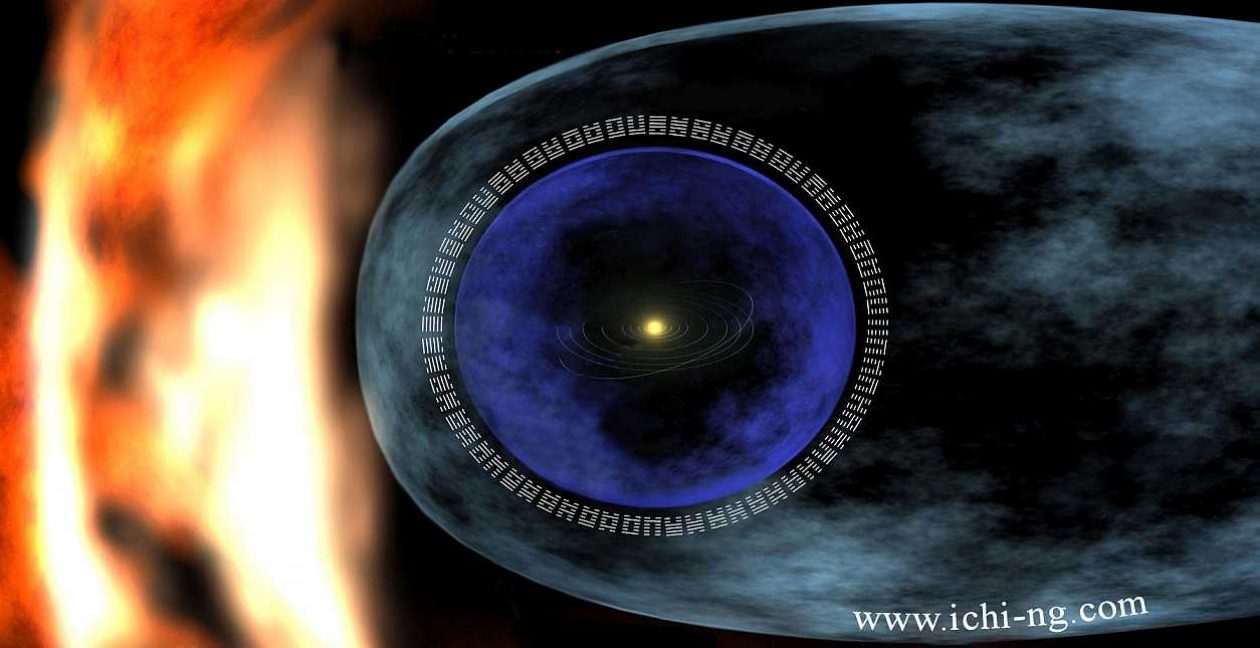Ch’in Dynasty 259-210 BCE and the Great Burning of Books in 213 BCE

As time passed there were three main teachings; each with its own perspective on the changes. The main and ruling theme was Confucianism with the way of the creative, of the superior man and the Sequence of Later Heaven strongly entrenched. Taoism embraced the Sequence of Earlier Heaven and the ways of Fu Hsi, but concentrated more on the experience of Tao than on calendar reform. Buddhism presented an eightfold path to letting go of attachments to life, and the wheel of birth and death. All three religions had a relationship to and an influence on the nature of the changes.

Different kingdoms had different priorities and allegiances. There were many warring factions. It was not until the time of the first great emperor Ch’in Shih Huang Ti in 259 to 210 BCE that the northern kingdoms were defeated and became united under one ruler. The unification took place by 221. It was the empire that was to last ten thousand years. The empire only survived for 15 years. So much was accomplished by this Emperor Ch’in and his government that the land came to be known as China. Written language was unified and the first ever coins were minted. He standardized measurements and weights. He abolished the feudal system. Land was taken away from the aristocrats (mainly followers of Confucius) and given to the peasants who paid taxes directly to the emperor. The country was ruled by harsh laws and harsher punishments. The old ways were considered to be subversive and likely to encourage rebellion against the new emperor. Confucianism specifically encouraged rulership by virtue and not by laws or punishments. The emperor ordered the great burning of books. In 213 BCE all books with the exception of books on husbandry, agriculture and divination were burned. The I Ching survived.
The Emperor Ch’in Shih believed that he was going to be immortal and spent much of his time searching for and trying elixirs of eternal life. By 212 BC his Taoist advisors suddenly abandoned him and left. The Emperor, to avoid further defections had four hundred and sixty scholars buried alive. Two years later he died drinking an elixir made with Mercury. His son lived for four more years and then the Ch’in Empire ended after just 15 years. Confucianism returned to power. The ways of the superior man and the Sequence of Later Heaven were restored.
It is interesting to note that in all his wars against the teachings of the past, he failed to recognize the I Ching as the source of these teachings. The evolution of the changes continued.
